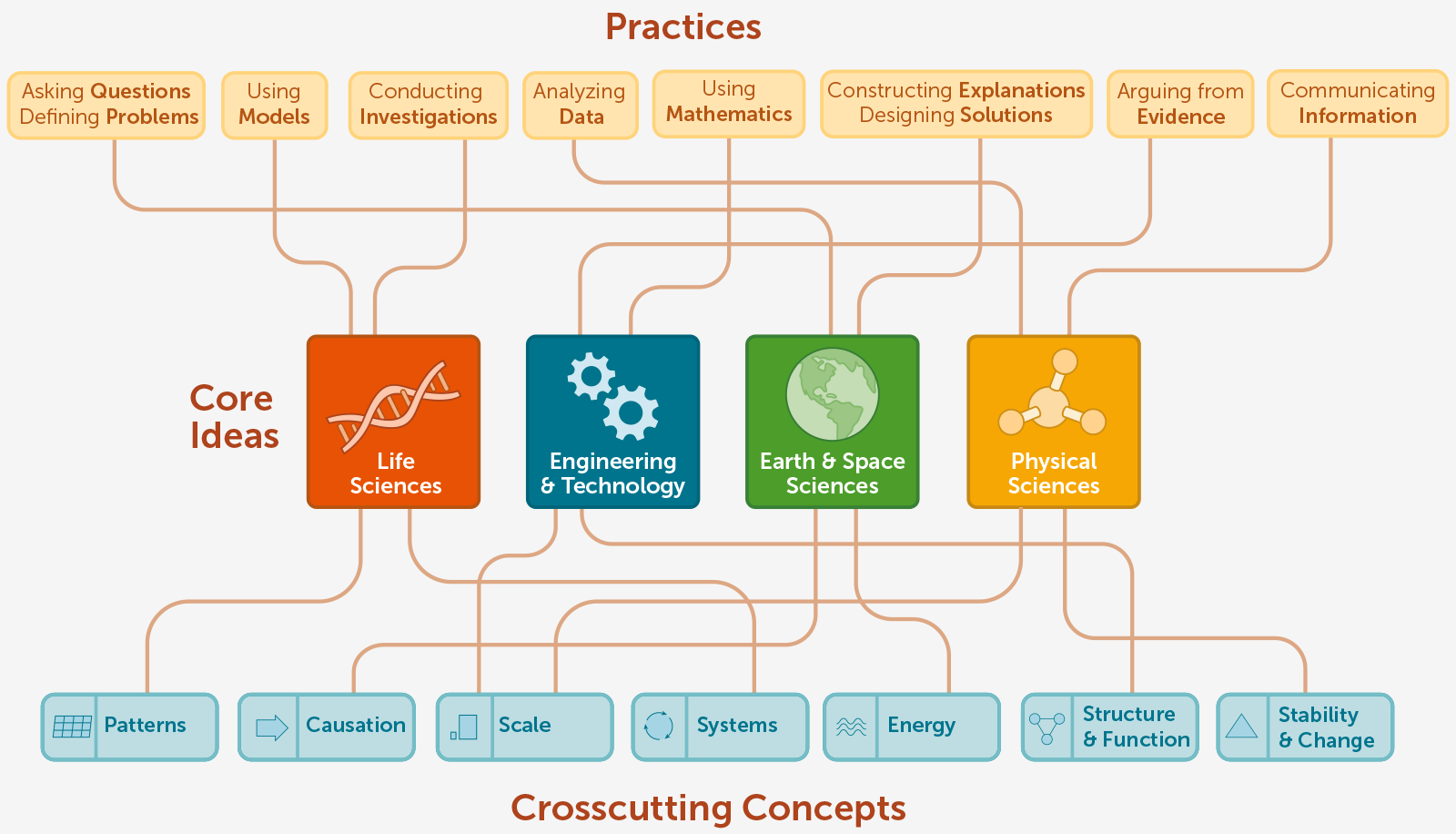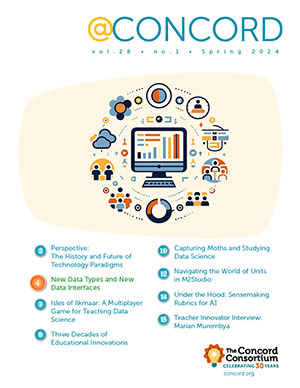Meet NGSS with Concord Consortium Activities
The Next Generation Science Standards (NGSS) represent an exciting and important new direction for education in this country. Technology provides many ways for teachers and students to engage with the NGSS more deeply.

Geniverse
In Geniverse, students interact with a world filled with fanciful dragons and real genetics to learn about the genetic mechanisms of inheritance and the bioinformatics of real-world disease research. Students find themselves in a game-like virtual environment that fosters scientific experimentation. Students breed virtual dragons, examining their genes and studying the traits they inherit. Students use data from these virtual experiments as evidence to create arguments supporting their ideas about how certain traits are inherited. They collaborate as active scientists within their class, discussing results and conducting new experiments to prove or disprove their theories. As the curriculum progresses, students encounter a disease in the dragon population and conduct research within a genetic database to diagnose its cause. By experimenting with models in this open environment, students learn firsthand that biology is an active, experiment-driven science.
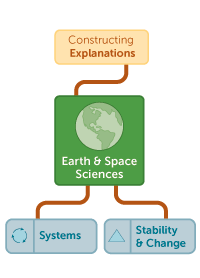
High-Adventure Science
In the High-Adventure Science activity “Modeling Earth’s Climate,” students examine authentic scientific data and explore in-depth computational models to learn about the effects of different environmental factors on atmospheric temperature. By varying parameters such as CO2 concentration, surface albedo and amount of exposed seawater, students gain an appreciation for the various systems and feedback loops involved in determining Earth’s temperature. Students use this knowledge to make predictions from real-world data and construct explanations for their predictions. Through the process of exploring models and constructing explanations, students also gain important experience with the uncertainties involved in all scientific explanations and predictions.
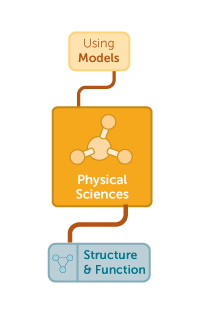
Next-Generation Molecular Workbench
Through interactive investigations with Molecular Workbench (MW) visualizations, students can learn how a simple set of core concepts can explain a wide range of observations across fields and disciplines. Students grapple early on with the concept that macroscopic phenomena such as states of matter, evaporation and condensation depend upon the underlying nature of matter. MW demonstrates in a highly explorable fashion how the particulate nature of matter provides a coherent explanation for these phenomena. States of matter investigations give way to concepts such as gas laws and their subtleties, nucleation, latent heat and solubility. Molecular Workbench also makes accessible concepts as diverse as quantum mechanics, electronics, DNA, proteins and the mechanisms of photosynthesis. (Pages 4 through 6 provide many more examples of how Molecular Workbench can support student understanding.)
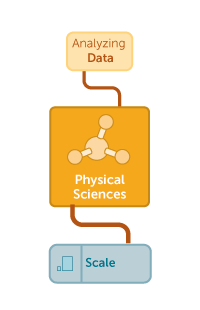
SmartGraphs
Scientists and engineers use mathematics to represent relationships, to enable the prediction of the behavior of physical systems and to identify significant patterns and correlations in data. The use of graphs is an important and ubiquitous feature of this approach. SmartGraphs provide instructional hints and scaffolding to help students make sense of graphs. In the SmartGraphs activity “Describing Velocity,” students learn to connect position-time and velocity-time graphs. They analyze real data from a graph of a car’s motion and become exposed to the representation of various proportional relationships related to motion. Activities such as this provide students a deeper understanding of concepts such as motion and help students learn to analyze graphs and apply their predictive power to new situations.

Engineering
In our Engineering Energy Efficiency project, students design solar houses to understand the effects of design solutions on energy transfer and efficiency. Using virtual models and our Energy3D customized CAD software, students create solar house designs, then construct and measure their efficiency using real-time data from probes and sensors before redesigning for improvement. Through this process, students are able to approach the iterative design process with increased efficiency and gain a deep, applied understanding of how crosscutting energy concepts play out in real-world situations.
This material is based upon work supported by the National Science Foundation under grant DUE-1044263. Any opinions, findings, and conclusions or recommendations expressed in this material are those of the author(s) and do not necessarily reflect the views of the National Science Foundation.
